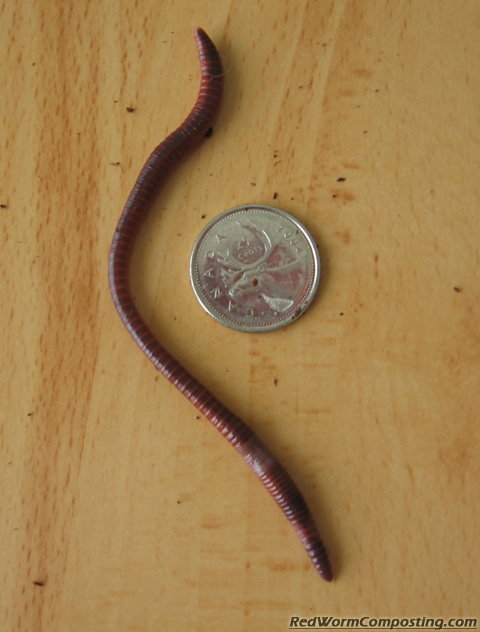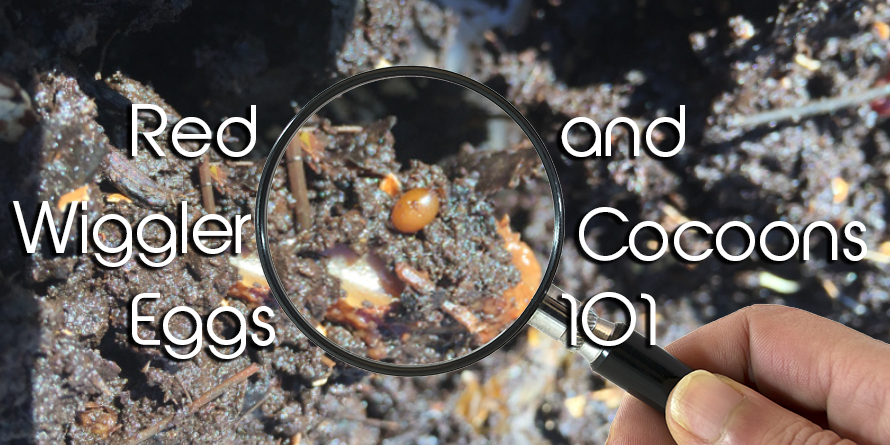Red Wigglers 101: Every Little Thing You Need to Know for Thriving Gardens
Red wigglers, or Eisenia fetida, play a critical duty in sustainable gardening methods, working as efficient decomposers that convert natural waste right into useful vermicompost. Recognizing their environment, nutritional preferences, and the myriad advantages they use can transform your gardening strategy (Red Wiggler Express). As these worms thrive in details conditions, their treatment and monitoring are essential for optimizing their payments to soil wellness. The concern remains: what actions can you take to harness the complete possibility of these amazing organisms in your own yard?
Understanding Red Wigglers

Red wigglers prosper in environments rich in organic material and wetness. Red Wiggler Express. They have a special digestive system that allows them to process food scraps quickly, excreting spreadings that are packed with crucial nutrients such as nitrogen, phosphorus, and potassium. These castings boost dirt structure, enhance water retention, and foster advantageous microbial activity, all of which contribute to robust plant wellness
Furthermore, red wigglers can make it through in diverse problems, making them adaptable to numerous horticulture methods, consisting of indoor and exterior composting systems. Their capacity to take in large quantities of natural waste day-to-day placements them as beneficial allies for both home garden enthusiasts and commercial farmers. By integrating red wigglers into horticulture initiatives, one can considerably enhance soil fertility and support sustainable gardening methods.
Suitable Habitat for Red Wigglers
Creating an optimum atmosphere for red wigglers is essential for optimizing their composting capacities and overall health. Red wigglers thrive in wet, dark, and well-aerated habitats, which carefully resemble their natural surroundings in leaf litter and rotting natural matter. An ideal habitat needs to offer a temperature variety between 55 ° F and 77 ° F(13 ° C to 25 ° C), as extreme temperatures can worry or hurt the worms.
The bed linen product, such as shredded paper, cardboard, or coconut coir, ought to be maintained moist but not excessively damp, as extreme wetness can lead to anaerobic conditions destructive to worm health. Furthermore, a pH degree between 6.0 and 7.5 is suitable, making certain a well balanced atmosphere.
Correct aeration is equally essential; it permits oxygen circulation and avoids the accumulation of unsafe gases. A container or container designed for vermicomposting should have drainage holes to remove excess wetness and promote airflow. Normal monitoring of these problems is essential for keeping a flourishing red wiggler population, inevitably boosting their performance in breaking down natural waste and enhancing yard soil.
Dietary Requirements and Preferences

Red wigglers display certain preferences; they are especially keen on softer, decomposing products over tougher or more fibrous materials. It is important to avoid feeding them citrus peels, onion, and garlic in big amounts, as these can be unsafe. Furthermore, meat, milk, and oily foods ought to be excluded, as they can draw in bugs and develop undesirable smells.
(Granite Falls NC Worms For Sale)Environment-friendly products, such as veggie scraps, provide nitrogen, while brownish products, like cardboard and dried fallen leaves, supply carbon. By providing to their dietary needs, garden enthusiasts can foster a flourishing populace of red wigglers in their garden compost systems.
Benefits of Utilizing Red Wigglers
The impressive benefits of making use of red wigglers in gardening extend far past their function in composting. These versatile organisms contribute substantially to dirt wellness, improving nutrition accessibility and advertising microbial activity. By freshening the dirt as they burrow, red wigglers enhance drainage and root infiltration, producing an ideal atmosphere for plant growth.
Additionally, red wigglers are efficient recyclers of organic waste, transforming it into nutrient-rich spreadings that act as an outstanding all-natural fertilizer. These castings include valuable bacteria and important nutrients, such as nitrogen, phosphorus, and potassium, which are vital for plant advancement. The sluggish launch of nutrients from worm castings ensures a consistent supply, reducing the danger of nutrient leaching and advertising sustainable horticulture techniques.
Utilizing red wigglers promotes an extra lasting gardening strategy by reducing reliance on chemical plant foods and promoting a closed-loop system, where waste is transformed right into useful sources. Overall, integrating red wigglers into gardening methods supplies a wide range of environmental and agricultural benefits.
(Red Wiggler Express)
Composting With Red Wigglers

To start a successful vermicomposting system, pick an ideal container with correct air flow and drain. The ideal atmosphere for red wigglers includes a damp, dark setting with temperatures between 55 ° F and 77 ° F. Begin by layering shredded paper, cardboard, and food scraps, making certain a well balanced mix of carbon and nitrogen-rich materials.
Red wigglers prosper on vegetable peels, fruit scraps, coffee premises, and eggshells, while preventing meat, dairy products, and oily foods that can draw in parasites. On a regular basis keep track of go to my site wetness degrees; the bed linen needs to be moist however not soggy. Harvest worm spreadings every couple of months by dividing the worms from the compost, which can after that be used directly in yards or saved for later usage.
Carrying out vermicomposting not just decreases landfill waste but additionally improves garden dirt, advertising healthy plant growth and sustainable horticulture practices. Accept this eco-friendly technique to enhance your gardening endeavors.
Conclusion
In recap, red wigglers are necessary organisms for boosting yard productivity with reliable composting. By using red wigglers, gardeners can considerably improve soil high quality and nutrient schedule, cultivating much healthier plant development.